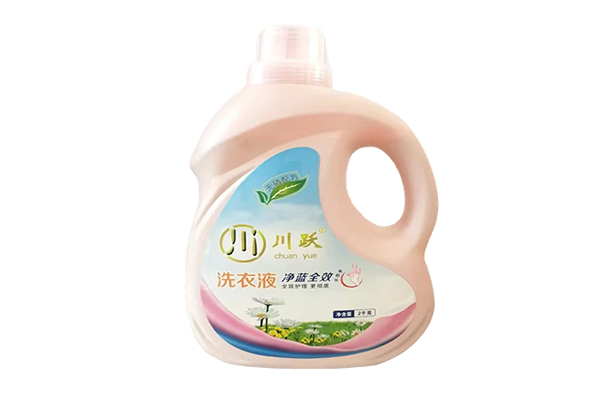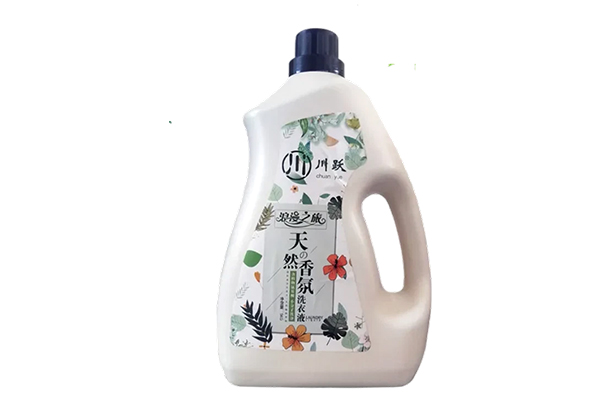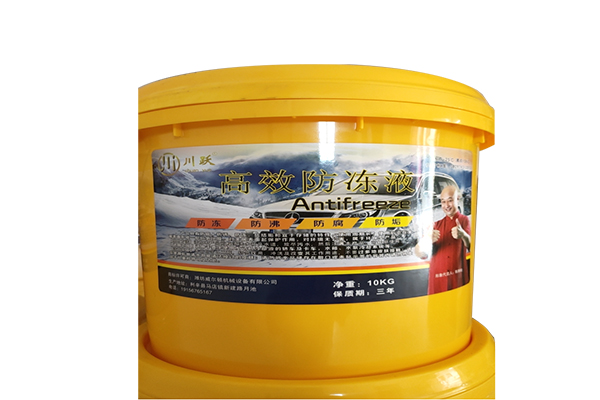What is the mechanism by which the type of surfactant in dishwashing liquid affects detergency?
Release Time : 2025-09-29
The core cleaning component of dishwashing liquid is surfactant, and its type directly influences its detergency mechanism. Surfactant molecules possess a unique amphiphilic structure: a hydrophilic group (such as a carboxylic acid or sulfonic acid group) at one end and a hydrophobic hydrocarbon chain at the other. This structure enables them to align themselves at the water-oil interface, achieving their cleaning function by reducing surface tension. When dishwashing liquid contacts oil, the hydrophobic end embeds within the oil droplets, while the hydrophilic end faces the aqueous phase, forming a stable emulsion structure that lifts the oil from the dishware surface.
Anionic surfactants are the most commonly used type in dishwashing liquids. Their detergency mechanism primarily relies on charge. These surfactants (such as linear sodium alkylbenzene sulfonate) dissociate into negatively charged ions in water, which prevent the oil from re-aggregating through electrostatic repulsion. The length of their hydrophobic chain directly influences their cleaning effectiveness: too short a chain results in insufficient adsorption, while too long a chain may reduce solubility and impair cleaning efficiency. In practice, anionic surfactants form micelles that encapsulate oil and dirt, which are then washed away by water.
The detergency mechanism of nonionic surfactants differs significantly from that of anionic surfactants. These surfactants, such as fatty alcohol polyoxyethylene ethers, are uncharged in aqueous solutions and rely primarily on steric hindrance for stable dispersion. Their polyoxyethylene chains form a hydration layer, preventing oil particles from adhering to each other. At low temperatures, nonionic surfactants enhance their solubility for polar oils through hydrogen bonding. At high temperatures, they rely on their cloud point properties to facilitate oil removal through phase transition. This property enables them to maintain excellent detergency even in hard water.
Zwitterionic surfactants combine anionic and cationic properties, resulting in a pH-dependent detergency mechanism. In alkaline environments, the carboxylic acid group dissociates, resulting in anionic behavior; in acidic conditions, the amino group protonates, resulting in cationic behavior. This dual nature enables them to remove both polar and nonpolar soils. For example, when cleaning mixed stains containing protein and grease, amphoteric surfactants can disrupt the soil structure through charge modulation, achieving a synergistic detergency effect.
Combining surfactants can significantly improve detergency efficiency. Combining anionic and nonionic surfactants balances foaming performance and low-temperature detergency; adding a small amount of cationic surfactants can enhance adsorption of negatively charged soils. This synergistic effect is achieved by altering interfacial charge distribution and micelle structure, enabling simultaneous removal of different types of soils. In practical formulations, blended systems can also reduce the critical micelle concentration of a single surfactant, thereby reducing chemical usage.
The effect of temperature on the detergency mechanism of surfactants is type-specific. Anionic surfactants form a denser adsorption layer at high temperatures, enhancing their ability to remove stubborn oils and dirt. Nonionic surfactants, on the other hand, exhibit a cloud point, experiencing a sharp drop in solubility above a certain temperature, which in turn affects detergency. Dishwashing liquid formulations typically adjust the surfactant ratio to maintain stable detergency within a temperature range of room temperature to 60°C.
The impact of environmental factors on detergency mechanisms cannot be ignored. Calcium and magnesium ions in hard water can form insoluble precipitates with anionic surfactants, reducing detergency; in these conditions, nonionic surfactants become more effective. In acidic environments, the hydrophobic chains of some surfactants may become protonated, altering their molecular configuration and thus affecting detergency. Modern dishwashing liquid formulas effectively offset these adverse effects by adding chelating agents and pH buffer systems, ensuring the stability of the cleaning effect.







